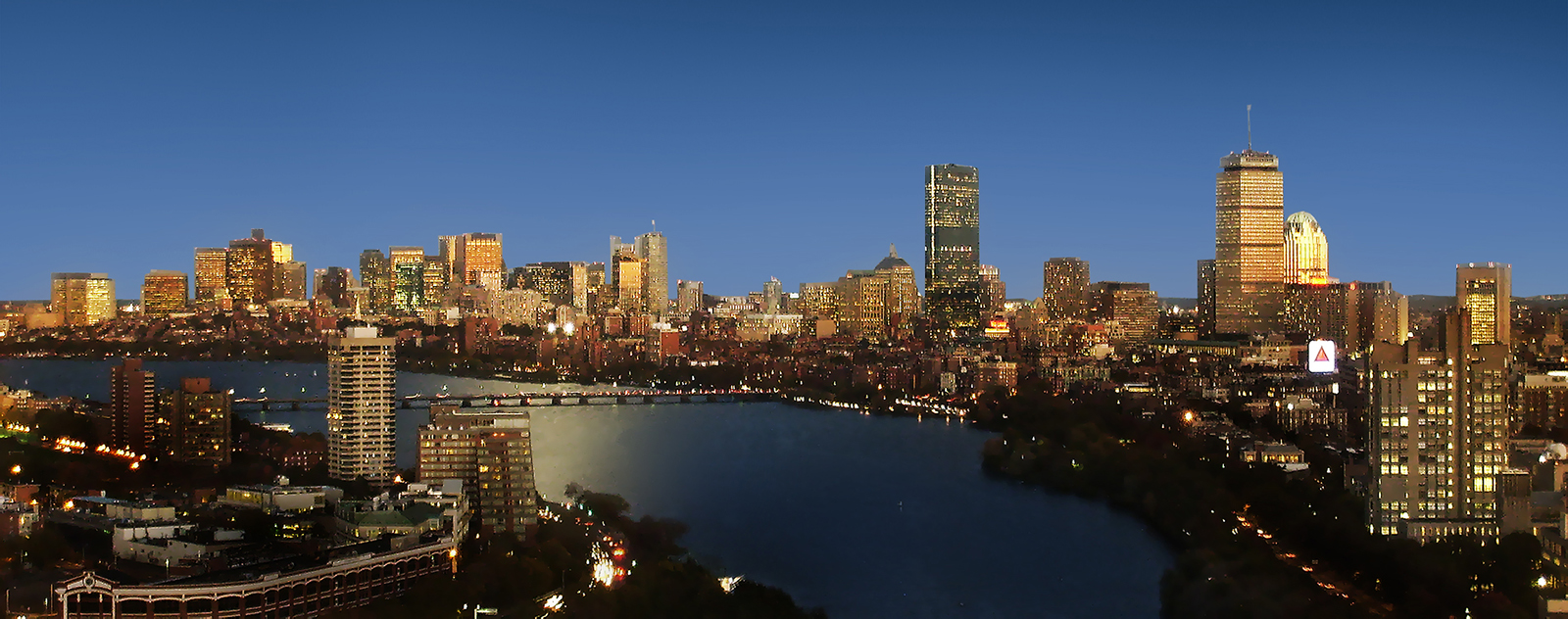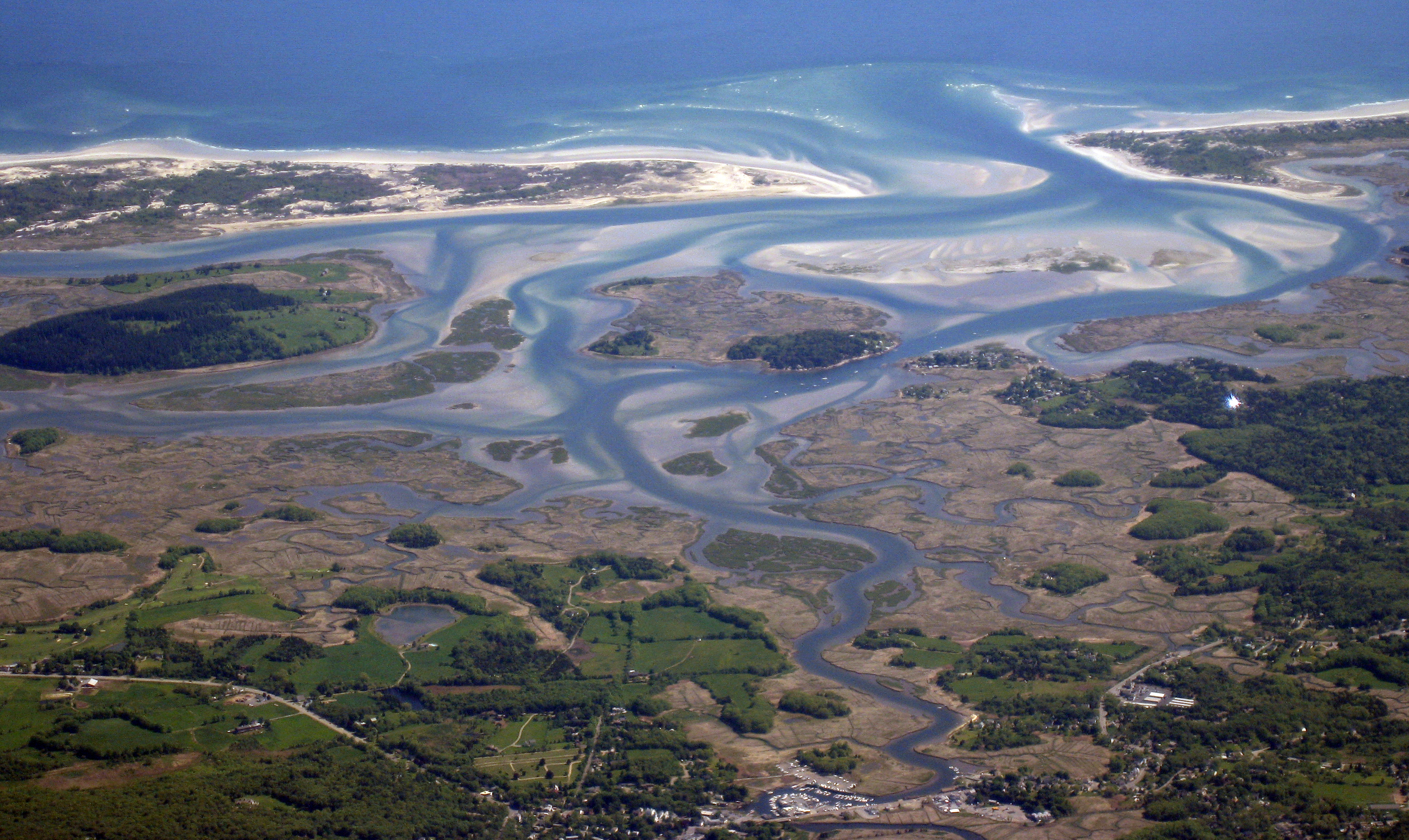
Waterfront property is causing real estate prices to rise – but not in the usual places. Miami’s 2017 Hurricane Irma caused billions of dollars in damage to beachfront properties. Just after that storm, real estate further inland saw price increases. A new term, coined by Professor Jesse Keenan of Tulane University, has entered the lexicon: “climate gentrification.” Three forms of climate gentrification may be considered:
HIGHER GROUND, RISING VALUES – neighborhoods that suffer less damage in storms are becoming desirable, even if such areas were formerly not considered elite;
WATERFRONT PROTECTIONS – property owners of waterfront real estate are investing in weather-proofing measures, spurring rebuilding innovations;
COMMUNITY ACTION – areas with resilience improvements such as elevated infrastructure, flood barriers, and storm drains, are increasing in value.

While home-owners may take action, so can government. Galveston, Texas, raised the city up 16 feet with sand and ground development. The city also built a 10-mile-long seawall. Miami drew $200 million from the Miami Forever Bond to improve flood-mitigation infrastructure. New Jersey increased insurance premiums for coastal neighborhoods. Rebuilding coastal cities will cause redesign of canals, harbors, and ports. Boston may experience sea-level rise from a conservative estimate of two feet by 2050, to over six feet by 2100. As coastal cities like Boston, Jakarta, New Orleans and others pump drinking water from reservoirs and aquifers, subsidence of land intensifies the effects of sea rise.

The Sustainable Solutions Lab of the University of Massachusetts Boston suggests state and local government could help with new zoning laws. According to David W. Cash, Dean of the McCormack Graduate School of Policy and Global Studies, “As we watched hurricanes and extreme weather events hit various parts of the United States, it became really clear that Boston was very vulnerable to both flooding and sea level rise.” (Moran 2018). Another important initiative, from the School for the Environment, recommends strengthening and updating the state’s Wetlands Protection Act.

The future may be safeguarded by a Regional Coastal Flood Protection Agency for Massachusetts. Perhaps broader regional efforts may include Canada and México: rising seas will not stop at national borders. Might there be a regional CCC – Climate Conservation Corps? Could cooperation, and funding, be found with USMCA? How can the world’s regions protect shared coasts through environmental justice and preservation, seeking higher ground?

Aune, Kyle T. et. al., “A spatial analysis of climate gentrification in Orleans Parish, Louisiana post-Hurricane Katrina. Environ. Re. 2020 Jun; 185:109384. https://pubmed.ncbi.nlm.nih.gov/32240840/
Boston Harbor Association, lead author Ellen Douglas, University of Massachusetts Boston. “Preparing for the Rising Tide.” 6 February 2013. https://www.umb.edu/news/detail/umass_boston_professor_is_lead_author_of_report_identifying_risks_of_sea_le
Caldwell, Erin D. “UMass Boston report shows that climate change views vary by race.” 28 October 2020. Dorchester Reporter. https://www.dotnews.com/2020/umass-boston-report-shows-climate-change-views-vary-race
Dill, Jackson and Brandon Miller. “Sea level rise is increasing fastest in populous coastal areas, study says.” 9 March 2021. CNN.com. https://www.cnn.com/2021/03/09/world/sea-level-rise-increasing-with-sinking-land/index.html
Keenan, Jesse. “Climate gentrification.” https://architecture.tulane.edu/content/jesse-m-keenan
Kreul, Stephanie, et.al., “Governance for a Changing Climate: Adapting Boston’s Built Environment for Increased Flooding.” September 2018. Sustainable Solutions Lab, University of Massachusetts Boston https://www.umb.edu/editor_uploads/images/centers_institutes/sustainable_solutions_lab/Governance-for-a-Changing-Climate-Full-Report-UMB-SSL.pdf
Miami Riverside Center (MRC). “Miami Forever Bond Project to Mitigate Effects of Sea Level Rise.” 1 March 2019. https://www.miamigov.com/Notices/News-Media/Miami-Forever-Bond-Project-to-Mitigate-Effects-of-Sea-Level-Rise
Moran, Barbara. “New Zoning Codes Would Help Mitigate Boston Flood Risk, Report Says.” 28 September 2018. WBUR. https://www.wbur.org/news/2018/09/28/zoning-boston-flooding-concerns
Nathan, Aparna. “Climate is the Newest Gentrifying Force, and its Effects are Already Re-Shaping Cities.” 15 July 2019. Harvard University Science Policy Blog. https://sitn.hms.harvard.edu/flash/2019/climate-newest-gentrifying-force-effects-already-re-shaping-cities/
Newkirk, Vann R. II. “How to Build Hurricane-Proof Cities: In the age of climate change, the only way to protect the American coastal metropolis is to rethink it entirely.” 12 September 2017, The Atlantic. https://www.theatlantic.com/politics/archive/2017/09/how-to-build-hurricane-proof-cities/539319/
O’Connell, Annie. “Impacts of Sea Level Rise.” February 2018. Neponset River Watershed Association. https://www.neponset.org/happenings/impacts-of-sea-level-rise/
Tolan, Casey. “High ground, high prices.” 3 March 2021. CNN.com. With Charts and Illustrations. https://www.cnn.com/interactive/2021/03/us/climate-gentrification-cnnphotos-invs/
Building the World Blog by Kathleen Lusk Brooke and Zoe G. Quinn is licensed under a Creative Commons Attribution-NonCommercial-NoDerivs 3.0 Unp

Great article Kathleen and Zoe – thanks!
Thank you. Glad you enjoyed the article.